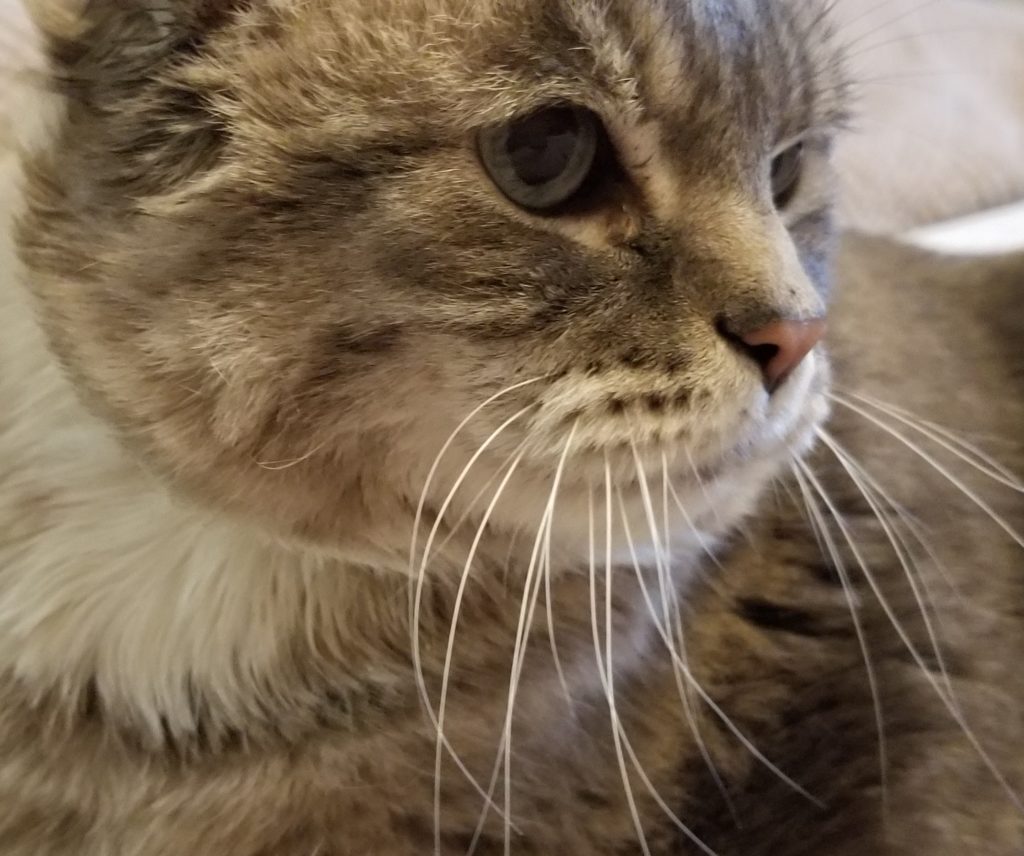
You’ve no doubt heard the advice to “show, don’t tell” in your writing. It’s the basic rule of effective writing. Seems simple enough, until you’re staring at your work-in-progress. Then, show don’t tell becomes a wrestling match in the writer’s mind.
Writing Tip for Today: Let’s talk about what “showing” means in your writing—and when telling might be the best choice.
Your Mental Movie
When writers talk about “showing” in their stories, they usually mean that they are painting a picture, or more accurately, shooting a video. By recreating a scene as if it is a movie, readers are more likely to be fully immersed in the story. This mental movie has the added benefit of going inside a character’s thoughts and feelings, giving readers a complete scenic experience.
By showing (or creating this mental movie), your writing has a much better chance of hooking readers. Readers are far more likely to sympathize with and follow characters who feel real to them. Readers who are front row participants in the tension, conflict and obstacles your character faces will be more likely to keep reading to see what happens next.
Think of the difference between telling and showing this way: If you tell readers the story, they will probably see it as an entry in a dull encyclopedia. By showing, you take the information in that entry and bring it to life as that mental movie.
How to Show
Many books and articles are available for instruction in how to show in your writing. I won’t pretend to know all the answers on “how” to use showing in your work. If I had to choose the top ways to show, it might look like this: A good scene needs Concrete Sensory Detail, a specific time and place and several other factors. To give your readers that movie experience, add in your character’s particular point of view through dialogue, action, thoughts and feelings. More on basic scene showing here.
The most common error I see in scenes is that the writer first shows, sometimes in a very effective way. Then, the writer adds a “telly” line—just to be sure the readers gets it. Showing and then telling not only slows down the scene, it gives redundant information. Readers resist being told how to interpret a scene, and by telling them after showing, writers risk losing the reader altogether.
Examples of showing, then telling might be showing a character’s life-like reaction: He slammed the book on the table. He was so angry. Most readers would understand the anger in the slamming down a book. Telling them the emotion afterward only irritates readers and slows them down. One way to prevent this kind of show-tell might be to keep Resist the Urge to Explain (RUE) somewhere on your desk. We all want to explain our characters’ actions—it’s easier than showing—but we must resist that urge.
When to Tell
With all this showing, you’d think telling would slink away and disappear. But telling does serve a purpose. If you show every detail of your story, the pace is going to suffer. Readers don’t care about details or even actions that don’t move the story or somehow help illuminate the story.
When you need to bridge time gaps or transition from one event to another, use telling in a simple, brief way. Remember, readers skip the boring parts and so should you. If nothing happens pertinent to the story, skip it with a brief sentence or two or omit altogether. Readers can safely assume that characters get up and get dressed everyday—unless it’s important to the story, don’t show these routines.
Showing brings scenes to life for readers. If you try to show an event that matters little to the overall story or slow down a routine action with too many steps, readers won’t know what to pay attention to. By only showing important scenes or actions, readers will more easily understand what to pay attention to and what to skim over. So, for the most part, show. But don’t avoid telling when it’s appropriate.





Excellent post, Linda. I tell some clients they need to resist the urge to explain everything. Common actions should be skipped over, unless those actions are necessary to the plot. I will share this widely.
Mark,
It’s so tempting to write stream-of-consciousness scenes that have very little to do with the story/goal. I keep a post-it with R.U.E. on my desk–to Resist the Urge to Explain. Thank you for helping me get my writing tips to writers.
And Keep Writing!
Linda
Another wonderful post detailing some important basics. Thank you so much for sharing, I hope you’re keeping safe and well. Take care.
Leanne,
And thank you for reading and commenting! I am going through some non-COVID-related health issues presently, but I’m hoping to be back to my normal by Christmas!
Keep Writing,
Linda